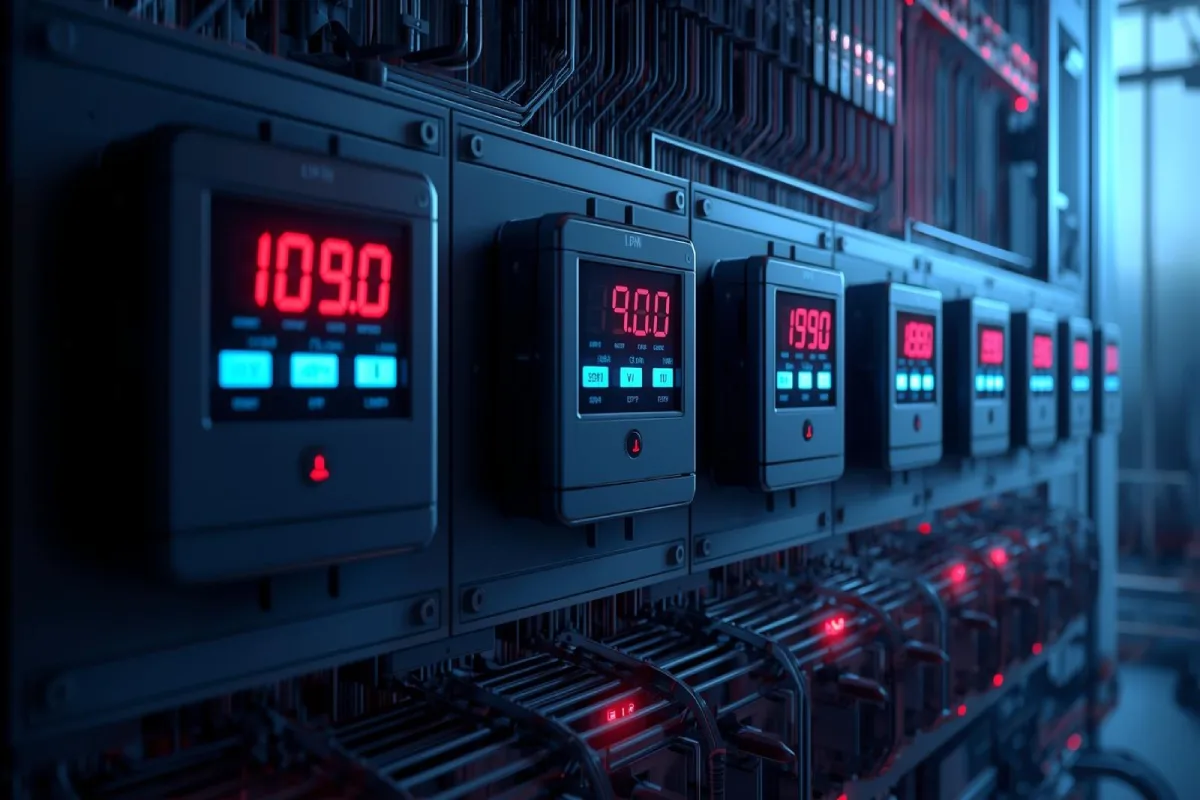How Digital Panel Meters Improve Energy Efficiency and System Monitoring
11th Nov 2025
In modern industrial systems, Digital Panel Meters (DPMs) play an essential role in ensuring accurate monitoring, energy efficiency, and operational safety. These devices provide real-time measurement of electrical parameters like voltage, current, power, and energy consumption, enabling facility managers to make data-driven decisions that reduce waste and improve performance. At TOSUNlux, digital panel meters are engineered with precision measurement chips, LED/LCDs, and modular designs, helping industries maintain reliable, high-efficiency electrical systems. What Are Digital Panel Meters? Digital Panel Meters are compact measuring instruments used to display key electrical parameters within control panels and industrial systems. They replace traditional analog gauges with digital accuracy and modern display interfaces. Key Functions of Digital Panel Meters These meters perform several essential tasks: By integrating these readings into one system, DPMs help businesses streamline operations and detect irregularities early. Importance of Digital Panel Meters in Industrial Control Cabinets Digital panel meters are a cornerstone of industrial control systems, providing precise monitoring for electrical performance and safety. In control cabinets, they are typically used to measure and display the voltage, current, and power factor of the entire system. Digital Panel Meter (V/A) High-Precision Voltage/Current Display Bright, Clear LED for Readability Panel-Mount for Control Cabinets Robust Anti-Interference Design View Details & Specs Applications in Industrial Settings You can find DPMs in: TOSUNlux’s Digital Panel Meters are designed to meet the needs of these demanding environments, combining reliability, precision, and modern technology. LED/LCD Displays: Clarity That Enhances Efficiency Display clarity is one of the biggest advantages of digital panel meters over analog […]
Read More : +86-139 0587 7291
: +86-139 0587 7291 English
English Español
Español Русский
Русский Français
Français العربية
العربية Português do Brasil
Português do Brasil Українська
Українська Türkçe
Türkçe Polski
Polski Nederlands
Nederlands Italiano
Italiano Bahasa Indonesia
Bahasa Indonesia हिन्दी
हिन्दी اردو
اردو አማርኛ
አማርኛ Հայերեն
Հայերեն ไทย
ไทย Монгол
Монгол فارسی
فارسی Shqip
Shqip Ελληνικά
Ελληνικά









